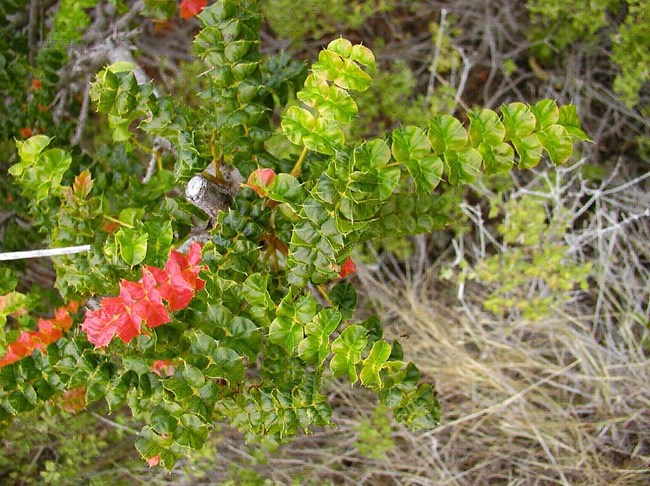
NPS photo. Welcome to the tropics! Forecast is sun! But be sure to cover up, wear a hat, and use reef-safe sunscreen to avoid sunburn. Showers can quickly pop up, so be sure to have an umbrella handy. Beware of hazardous surf conditions and crosscurrents, and do not swim alone. Reef and marine hazards: Visitors should always be cautious around the reef. Shallows and reefs near shore contain sharp corals, stingrays, spiny sea urchins, fire coral, fire worms and barbed snails. Avoid contact with any unknown marine life. Cuts from marine organisms infect quickly, so clean and medicate them. Portuguese man-o-war and sea wasps, both stinging jellyfish, are rare here. Barracuda and sharks should be treated with caution, but are not usually aggressive toward snorkelers. Treat all underwater creatures with respect. We recommend that visitors practice snorkeling in shallow water at the beach before going out to deeper reefs. Hazards ashore: Stay on the beach or designated paths to avoid hazardous vegetation. Contact with poisonous manchineel trees (sap, leaves, bark, and fruit resembling small green apples) causes chemical burning. Touching your eyes after contact with these plants causes swelling or blindness. Christmas bush looks like holly, but it causes contact dermatitis, and stinging nettle is painful. There are several other trees, cactuses, and other plants bearing thorns or barbed hairs to avoid. Beware of centipedes, scorpions, biting spiders, and ants. |
Last updated: August 10, 2017
